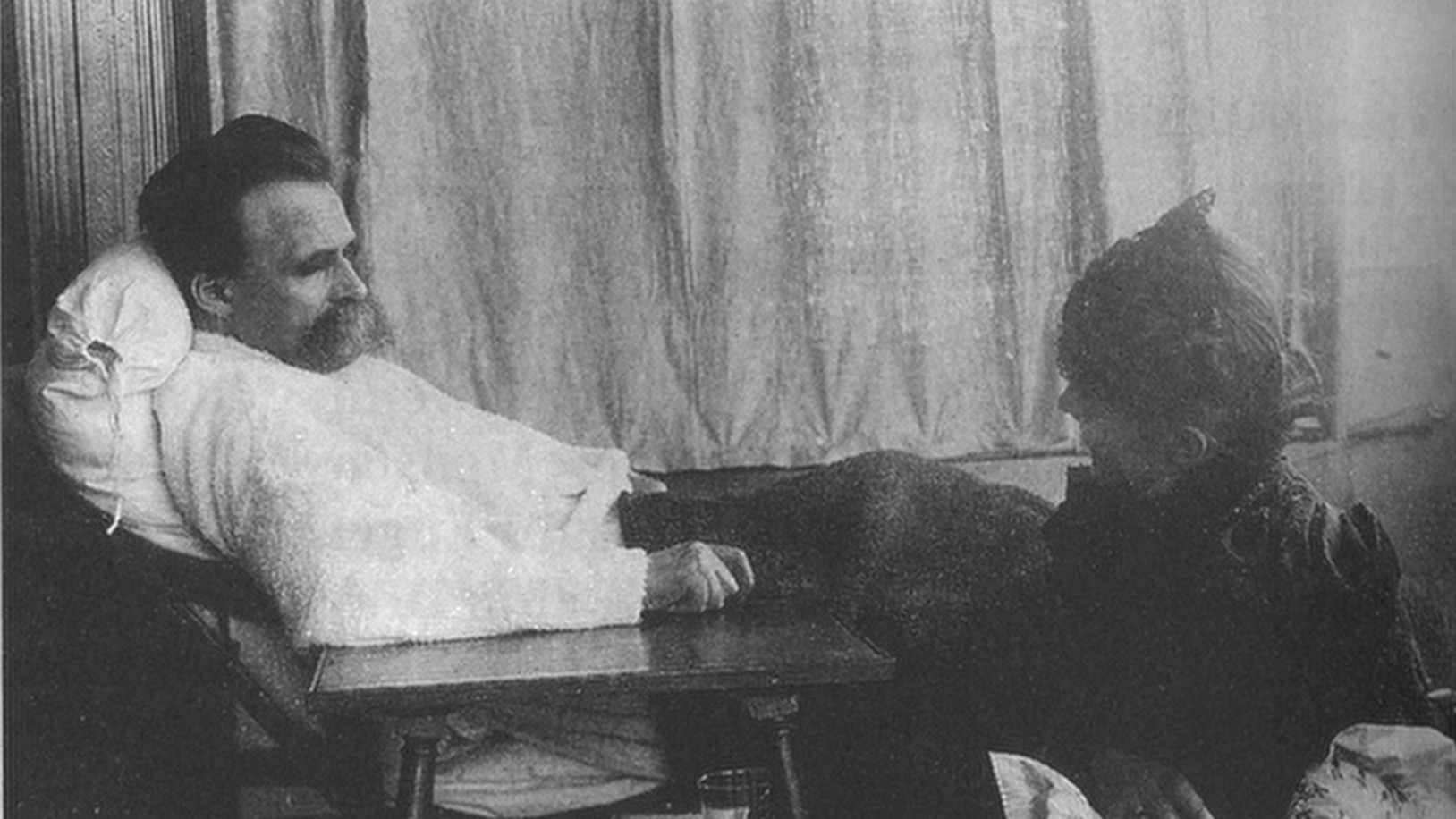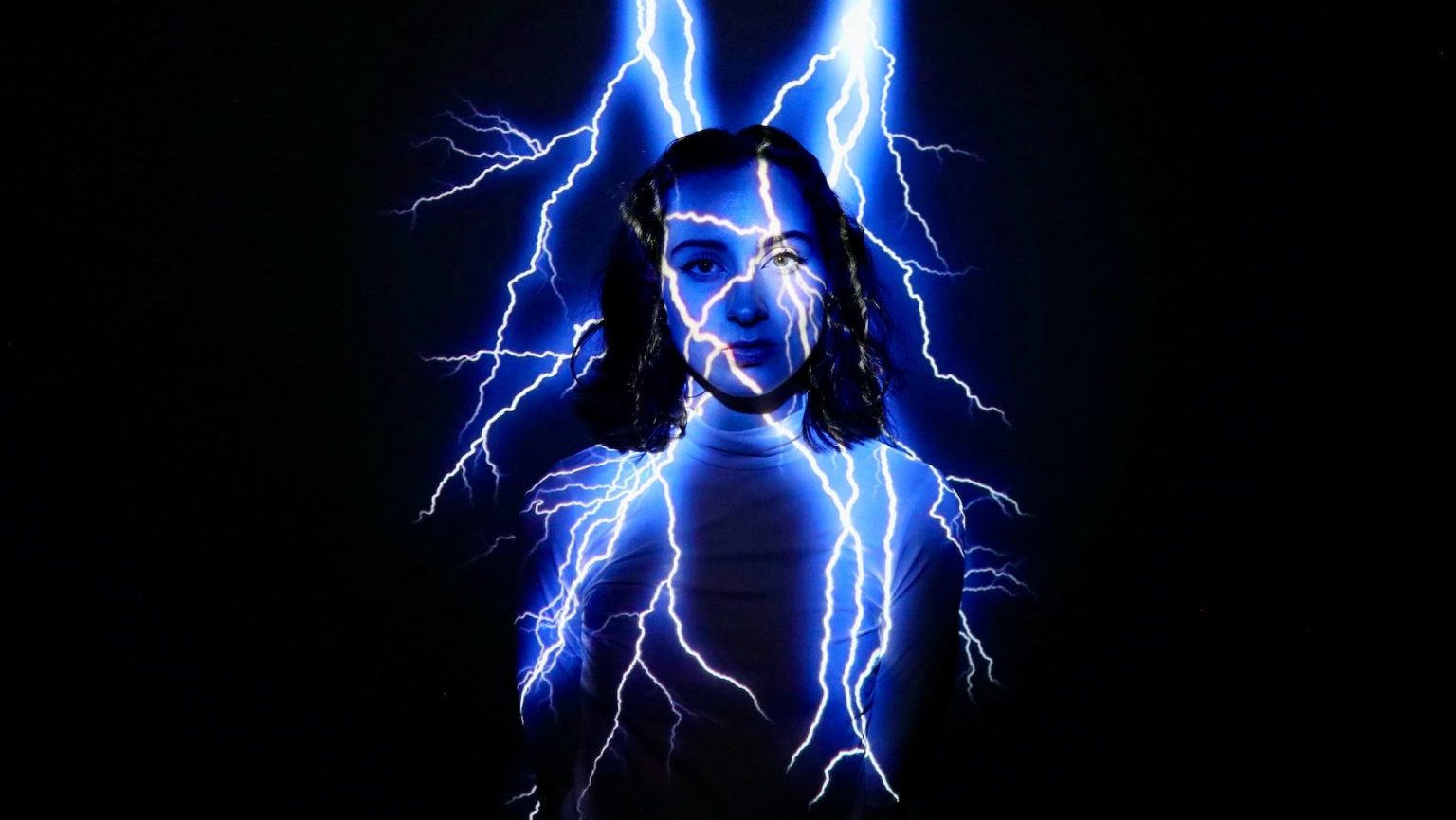The Shaking Woman: A History of Hysteria

In 1895 Sigmund Freud and Josef Breuer published “Studies on Hysteria,” a series of case studies of female patients with bizarre symptoms that had no obvious biological cause. Some patients complained of convulsive seizures and others of temporary blindness. Anna O, the most famous of the cases, experienced hallucinations and localized limb paralysis and also became catatonic for several months after the death of her father.
Despite its modest title, “Studies on Hysteria” revolutionized the way we understand the body/mind connection. Historically, these symptoms, exclusively thought to occur in women, were linked to the female sex organs—the ancient Egyptians believed them to be caused by undersexed uteri that began to “wander” throughout the body. But Freud hypothesized that these physical symptoms were not caused by anything biological but rather by extreme psychological stress that manifested itself in the body as illness. Uncovering the root psychological trauma, he believed, might cure the illness—a theory that became the basis for his practice of psychoanalysis. As in the case of Phineas Gage, another case of abnormal psychology had given researchers a better understanding of how the healthy brain might function.
Today hysteria—renamed “conversion disorder” in 1980—is viewed with some skepticism. Freud has long since fallen out of favor within the psychiatric community, which prefers a more scientific approach than the hyper-subjectivity of psychoanalysis. Yet researchers are at a loss to find any biological basis for the symptoms of conversion disorder. Also, for much of the late 20th century, hysteria was thought to have disappeared from the West either because it was never a valid disorder in the first place or because it has grown more rare as social mores and understanding about psychology have changed. But a 2002 study suggests that conversion disorder is just as prevalent as ever, with incidence rates on par with those of schizophrenia.
In a recent memoir “The Shaking Woman or a History of My Nerves,” novelist and amateur psychologist Siri Hustvedt attests that the mind is capable of creating powerful symptoms in the body. During a speech she gave at her late father’s memorial, Hustvedt’s body began to convulse violently, as she describes in her Big Think interview below.
Was Hustvedt’s shaking fit a conversion disorder triggered by grief? Was it a form of epilepsy? Or perhaps some fear provoked by a long-buried implicit
memory? Hustvedt doesn’t reach a conclusion despite many visits with psychiatrists, but the experience is evidence that neurobiology alone cannot account for all mental illnesses. In fact, Hustvedt argues that we need to resuscitate Freud’s work and integrate it with our modern understanding of the brain. She is a proponent of neuropsychoanalysis, which seeks to join the language of neurobiology and that of Freudian psychoanalysis. Without the language of Freud, neurobiology fails to properly account for subjective experience, she says.
Takeaway
Conversion disorder, so-named because anxiety is “converted” into physical symptoms, is classified in the DSM-IV as a somatoform disorder. Other somatoform disorders include body dysmorphic disorder (obsession with a perceived defect in one’s appearance), hypohondriasis, and pain disorder (chronic pain due to psychological factors)—all disorders with physical symptoms but with no detectable medical conditions. Though psychoanalytic theory believes unconscious conflict gives rise to this disorder, another school of thought believes that it originates in a disturbance in the central nervous system. There is not strong incontestable evidence for either theory.
Learn More
— “The Clinical Epidemiology of Hysteria: Vanishingly Rare, or Just Vanishing?” (2002) by Hiroko Akagi and Allan House [PDF]
— An article written by neuropsychoanalysis proponent Mark Solms for Scientific American, plus a rejoinder by anti-Freudian J. Allan Hobson [PDF]





